By Obi Nwakanma
LATE last year, the Mexican poet, Lina Zeron as I understand, asked the organizers of the Nicaragua International Poetry Festival in Granada, to get me to read at this year’s event.I flew straight from a weekend of conferencing at the American Writers and Writing Programs (AWP) Conference in Chicago to Houston, Texas, and from thence, on a three-hour flight to Managua, Nicaragua to read as a guest poet at the fifth Nicaragua International Poetry Festival from February 14-22, 2009.
As it happened I was on the same Continental Airline’s flight from Houston with some other poets on their way to Nicaragua, though I did not know it at the time: the Palestinian poet and playwright, Nathalie Handal, the American poet Janet MacAdams who teaches poetry at Kenyon College and has been involved with the prestigious Kenyon Reviews, and the intense and mercurial Uruguayan poet and professor at the Texas A & M University, Eduardo Espina, editor of the Hispanic Poetry Review whom I had met first in Medellin last year.
We were received at the airport in Managua by Maria Augusto Montealegre who took us to Granada from Managua that night. One of the most impressive features of Nicaragua is the sense of safety and calm. There was not an overwhelming sense of security; of policemen on the road or military roadblocks. This ease of life had a calming effect, and I could not help but notice it, I from a country, torn apart by violence and a massive situation of insecurity.
In many ways, Nicaragua reminded me of Nigeria: the landscape, even sometimes, the architecture, and the street advertisements. There is something almost very distinct about life here in Nicaragua which felt eerily familiar. In the first place, the calm and hospitality was of the kind of Nigeria in which I grew up in the 1970s; in which people had not been driven much by the fierce, deadly quest for survival. The air in fact felt very familiar.
I left snow drenched Chicago into a warm sunshine and a hot and humid space - a tropical land between two Lakes. Nicaragua indeed has two main lakes, the Lake Nicaragua and the Lake Managua, all of which are vast and spectacular. Modern Nicaraguan history is also defined, much like Nigeria by conflict. It is conflict that has roots also in occupation and colonization.
From Christopher Columbus’s exploration of what became known as the Mosquito Coast, to the Spanish conquests and the settlements by Gil Gonzalez Davila who established two of Nicaragua’s principal cities - Granada and Leon; to the wars with Francisco Hernandez de Cordoba who was later defeated and publicly beheaded on the orders of Pedrarias Davila.
The bloodtide of war swollen by conquest and resettlement has given Nicaragua its distinct political character, and its distinct political divide between the so called Liberals and the Conservatives, two faces of the mask of Nicaraguan politics and identity.
The liberal elite formed around the city of Leon, while Granada, the site of the International Poetry Festival was always the bastion of the conservative elite. It is an intricate history, and I have, like many of my peers, always associated Nicaragua with the Sandinistas and with the Iran-Contra scandal in America in the 1980s.
It was the fare of international news that shaped much of the discourse in Nigerian university Cafes and pubs of the 1980s, of what we knew in part as the character of the international revolutionary resistance.
The roots of the Sandinistas are also quite epic. They took their imaginative leap from the ancestral inspiration of the popular Nicaraguan revolutionary leader Augusto Cesar Sandino who led a rebellion against the United States whom he declared “the colossus of the north” and “enemy of our race!”- the Indo-Hispanic race of Mestisos and Mestizas. In a sense, Sandino was the first Bolivarian revolutionary, long before the Venezuelan Hugo Chavez.
Augusto Sandino grew to be a popular figure for many Latin Americans who felt the overbearing presence, intrusion, and weight of America, whose many interests were at the core of the exploitation of Nicaragua. Sandino guerrilla activities led to the withdrawal of the US Marines after the election of the puppet regime of Juan Bautista Sacasa, and the establishment of the National Guard in 1931.
Sandino was assassinated on the orders of Sacasa in 1934 in an ambush by Anastasio Somoza Garcia, who later deposed the puppet regime of Sacasa and established the Somoza dynasty that ruled Nicaragua until 1979 when the Sandinistas - the Sandinista National Liberation Front - founded by Carlos Fronsesca and Tomas Borge - inspired by the ideals of Sandino, led a rebellion against the Somoza dictatorship and overthrew it.
The fall of the Somozas began with the earthquake that destroyed Managua, the corruption of the Somoza regime, and the alienation of the national elite, including the conservative interests that once supported the regime. The final straw was the regime’s assassination of Pedro Chamorro the popular editor of the powerful newspaper, La Prensa, in January 1979 - much like the letter-bombing of Nigeria’s Dele Giwa in 1986.
There is much in Nicaraguan history that speaks very closely of the experience of Nigeria from 1966 to date right down to the making of local puppet regimes in Nigeria by powerful international interests.
One of the great legacies of the Sandinistas now led by Daniel Ortega, who have since been swept in and out of office, and in again, is the establishment of credible popular elections. True, many old supporters of Daniel Ortega now find grounds to oppose him, but there is without doubt a sense in Nicaragua of freedom and even dignity.
True, in his address of welcome to the poets, the president of the Festival, the poet Francisco de Asis Fernandez, urged participants to keep political chatter or talk out of the festival and keep it poetic, apparently to keep the intricate politics of Nicaragua at bay from the Poetry Festival.
It is still a poor country. But the streets are neat and well paved in Granada, this old, conservative colonial city with its Spanish colonial architecture. Granada is the oldest city in the Americas.
It is the quaint hybrid of the old and new, the mestisage of cultures from the East and West that have come to define its character and mood - a most befitting example being the Al Hambra Hotel by the city square and the Cathedral or Church of La Merced. There is much begging.
There is even a certain meanness to the poverty because of the clear difference between tourists and the inhabitants, yet there is a warmth to the character of the Nicaraguan that was welcoming. It was to these that we, about ninety poets from across the world arrived in Granada.
We stayed in various hotels in the cluster of the vibrant city centre, with its hotels, open air bars and restaurants, and its charm of a large village square.
I stayed at the Hotel La Peragola with some others including my friend the Ugandan poet Juliane Okot P’Bitek, the poet Obediah Smith from the Bahamas, Marko Pogacar from Croatia, Nicaragua’s Silvio Ambroggi, Marta Leon Gonzalez, poet and editor of the culture pages of La Prensa, and her friend, the Mexican poet Zyanya Mariana with whom I got quite close.
Indeed, Obediah (Obie) Smith quickly told me about meeting the Nigerian poet Odia Ofeimun in Cuba last year and being friends with Bolu Rosiji, as students in Tennessee in the 1970s.
This year’s festival is dedicated to the memory of the Nicaraguan poet Alfonso Cortes (1893-1969). It is usually a municipal event: poets read at street corners, at the municipal prisons, open public parks and public squares, galleries, old churches, disused monasteries, university auditorium and libraries.
It was exciting – the mingling of poets, spies, traders, mendicants, and tourists, in this intense space of performance, that saw major international poets from across the world, including Russia’s Yevgeny Yevtushenko, Italy’s Roberto Pasquali and Minarelli, Giaconda Belli and Blanca Castelon from Nicaragua, Frank Chipasula from Malawi, Max Rippon from Guadalupe, and so many more.
Indeed at the inauguration declared open by the Vice President of the Republic, I was given something of a star treatment, reading alongside the American poet Anne Waldman one of those who with Allen Ginsberg founded Naropa, and Nicaragua’s leading poet and former minister, Ernesto Cardenal, who had been nominated for the Nobel prize in 2005. It was an evening to silver buntings.
Sunday, March 8, 2009
In Nicaragua: A poet's odyssey
Subscribe to:
Post Comments (Atom)

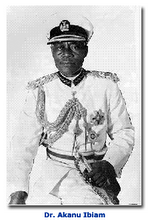
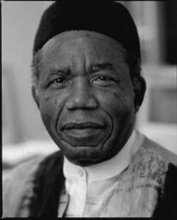

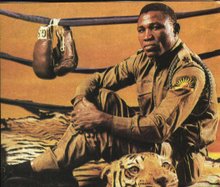
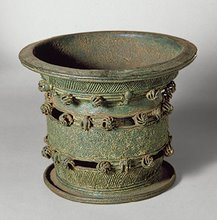
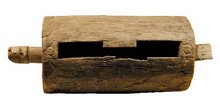
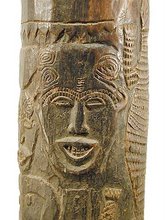
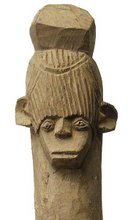
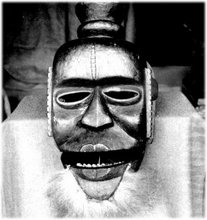

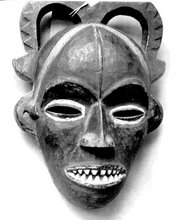
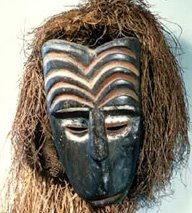
No comments:
Post a Comment